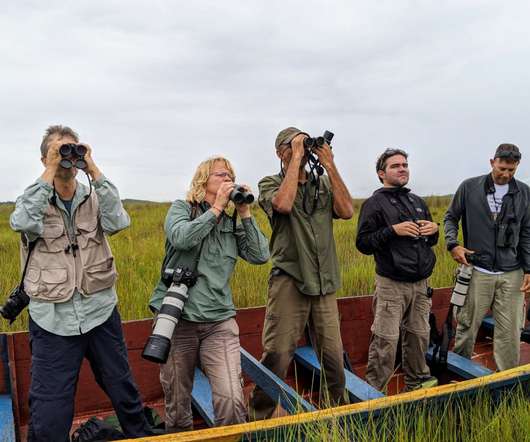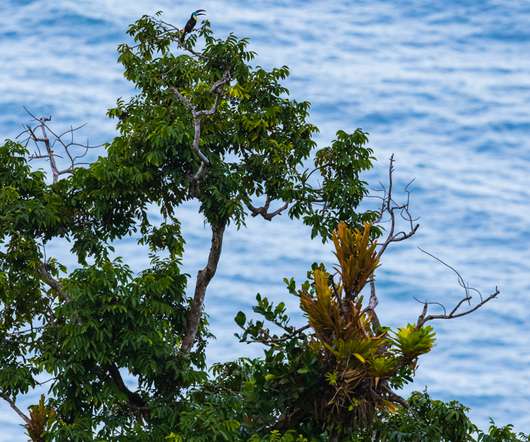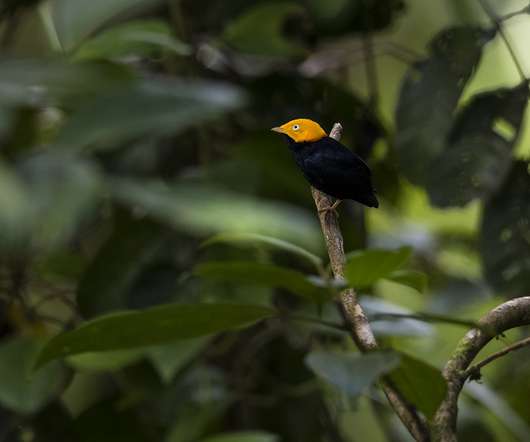World birding from a Schrödinger’s house
10,000 Birds
AUGUST 13, 2020
Will the threatened species make it through if there are no birding tourists to make those birds and their habitats valuable to local people just the way they are (as opposed to tropical timber)? What will be left of birding tourism? I was trying to find that answer for a while and it turned into a very annoying experience.













Let's personalize your content